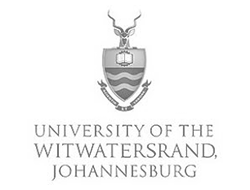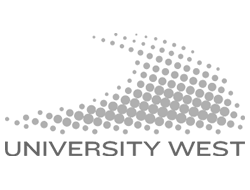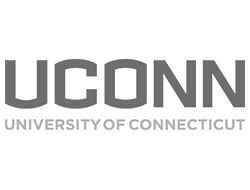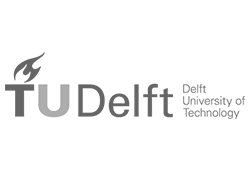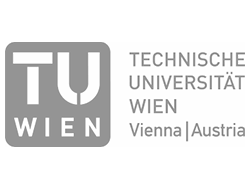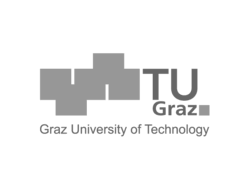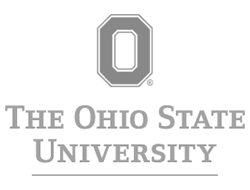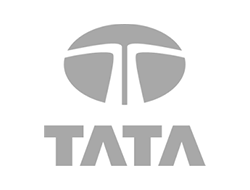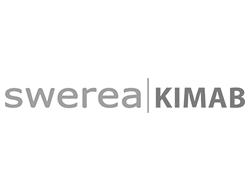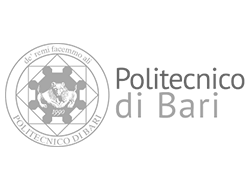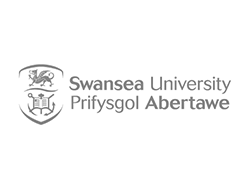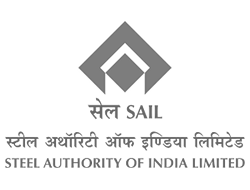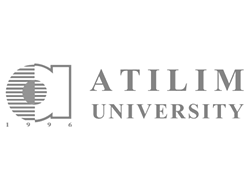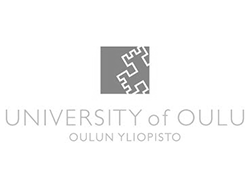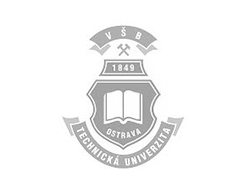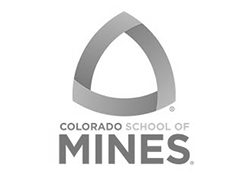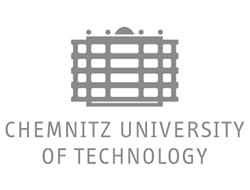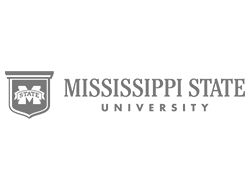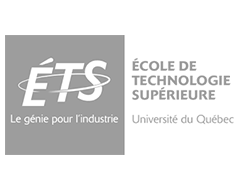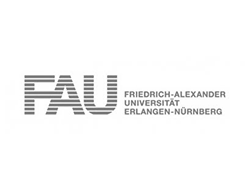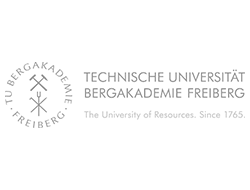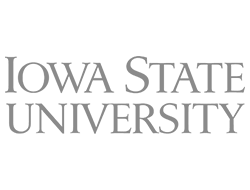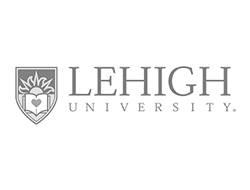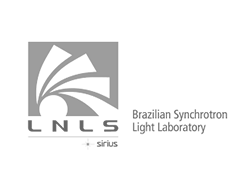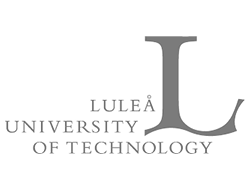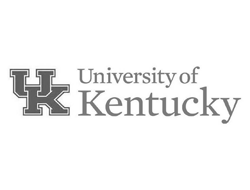The Gleeble at Rensselaer Polytechnic Institute
At Rensselaer Polytechnic Institute (RPI), a profile of research involving the Gleeble is a study in contrasts. Some applications reflect the original reason why the Gleeble was developed. Others present a radical departure from traditional thinking about the Gleeble.
But that's hardly a surprise. It was at RPI in the 1950s that a graduate student and two faculty members worked to solve a vexing problem: how to simulate the heat-affected-zone of a weld. They devised a technique to accurately control the temperature of the specimen while power for resistance heating is being applied.
The idea worked so well that, in 1957, they founded a company to manufacture a machine for thermal metallurgical studies — and the Gleeble was born. Over the years, the Gleeble has evolved to include a hydraulic servo-mechanical system for dynamic thermal-mechanical studies, a computer control system, and a powerful data acquisition system.
But despite advances in materials design and materials testing, some problems remain the same.
John Balaguer, a graduate student now finishing his Ph.D. in materials engineering at RPI, reports: "The effort to simulate the process of welding continues at RPI as it did in the 1950s. We know a lot about welding certain kinds of materials, but every time a new material is developed, a whole set of actual or potential welding problems are developed along with it."
Balaguer cites as an example a project now underway to test the weldability of a very low carbon steel. "We are using the Gleeble to create a wide variety of microstructures using a small amount of material. Although we have only about 500 pounds of this new steel, the Gleeble allows us to do literally hundreds of tests," he says.
He adds, "Another attraction of the Gleeble is the capability to simulate mechanical transients — stress, load, strain — and to test whether thermal/mechanical effects could be synergistic. The Gleeble makes it easy to control force and strain, and it gives us a good handle on truly simulating a particular process."
Balaguer's interest is not just academic; he notes that, as materials become more complex, thermal/mechanical interactions begin to appear, and precise simulation becomes that much more important.
New processes are also a subject of study. "We currently have a proposal out to do some research on high energy density welding processes. At very high heating or cooling rates, the traditional rules of welding metallurgy can change a little, and we need to find out how."
Balaguer adds, "For me, among the benefits of working with the Gleeble are that it's functional, easy to use, and up-to-date. It is a dynamic system, always evolving in the direction of providing better information, broader capabilities, and a friendlier operator interface."
While Prof. Roger Wright agrees, the work performed under his direction using the Gleeble has taken a different turn — toward research involving hot workability, load relaxation, and sheet drawing.
"While most researchers regard the Gleeble as primarily a thermal test system, or perhaps a thermal-mechanical machine, we have found that, with 18,000 lb. capacity, the Gleeble is also a workhorse mechanical test system," Wright says.
He adds, "The new data acquisition system is among the best that I have seen. That and precise computer control make the Gleeble a good choice for performing painstaking work involving primarily mechanical processes."
For Bethlehem Steel and the Gleason Foundation, Wright and his students investigated the hot and warm workability of a number of materials, including SAE 1045 steel. Tension and load relaxation testing was performed on RPI's Gleeble 1500 to evaluate the strength and ductility of materials under strain rate and temperature conditions designed to simulate metal working.
"The Gleeble is well suited to achieving high precision results in this kind of research," Wright says.
IBM sponsored research under Wright's direction in the field of load relaxation. "It is actually a matter of major concern in mechanical connections for mainframe computers," Wright observes.
The crimped metal clips used to make some of the electrical connections within a computer can begin to relax after a while, presenting the potential of intermittent connections. This problem can be largely overcome by gold-plating the clips. Since this can be an expensive solution to the problem, IBM wanted to know more about load relaxation so that an alternative might be found.
Typical load relaxation test procedures on the Gleeble involved heating a specimen to a specified temperature. Next, the specimen was strained to a specific elongation. The crosshead was then stopped, and the specimen was held at temperature while the load was monitored.
The Gleeble also has found limited but effective use at RPI as a purely mechanical testing machine in a sheet drawing simulation project for General Motors.
Wright reports the test procedure involves pulling a strip of steel through a set of dies while measuring the stroke, the pulling load, the pressure holding the tools together, and the back force.
"Here we make full use of the Gleeble's relatively high crosshead speeds and data acquisition system, and the results are pointing the way to better ways of forming sheet metal. In the future, we may want to make some use of the Gleeble's heating system in this research," Wright says.
Wright adds, "Researchers are beginning to realize that, in addition to its thermal and thermal/mechanical capabilities, the Gleeble offers an additional degree of versatility as a highly competent mechanical test system. That is a rewarding discovery for any organization seeking to maximize the return on the dollars it spends on test systems."
This article first appeared in the Gleeble® Newsletter — Spring 1988.




